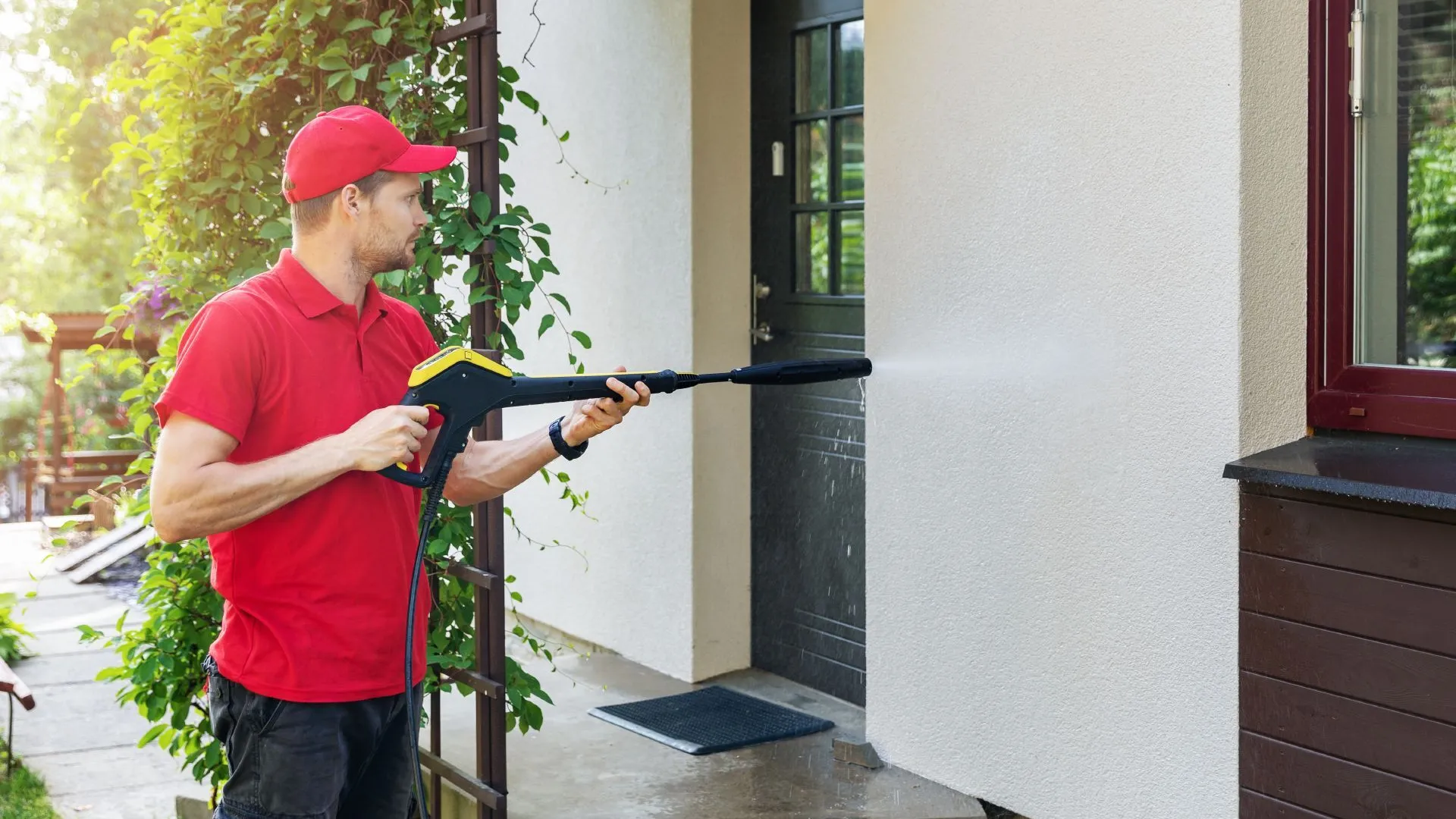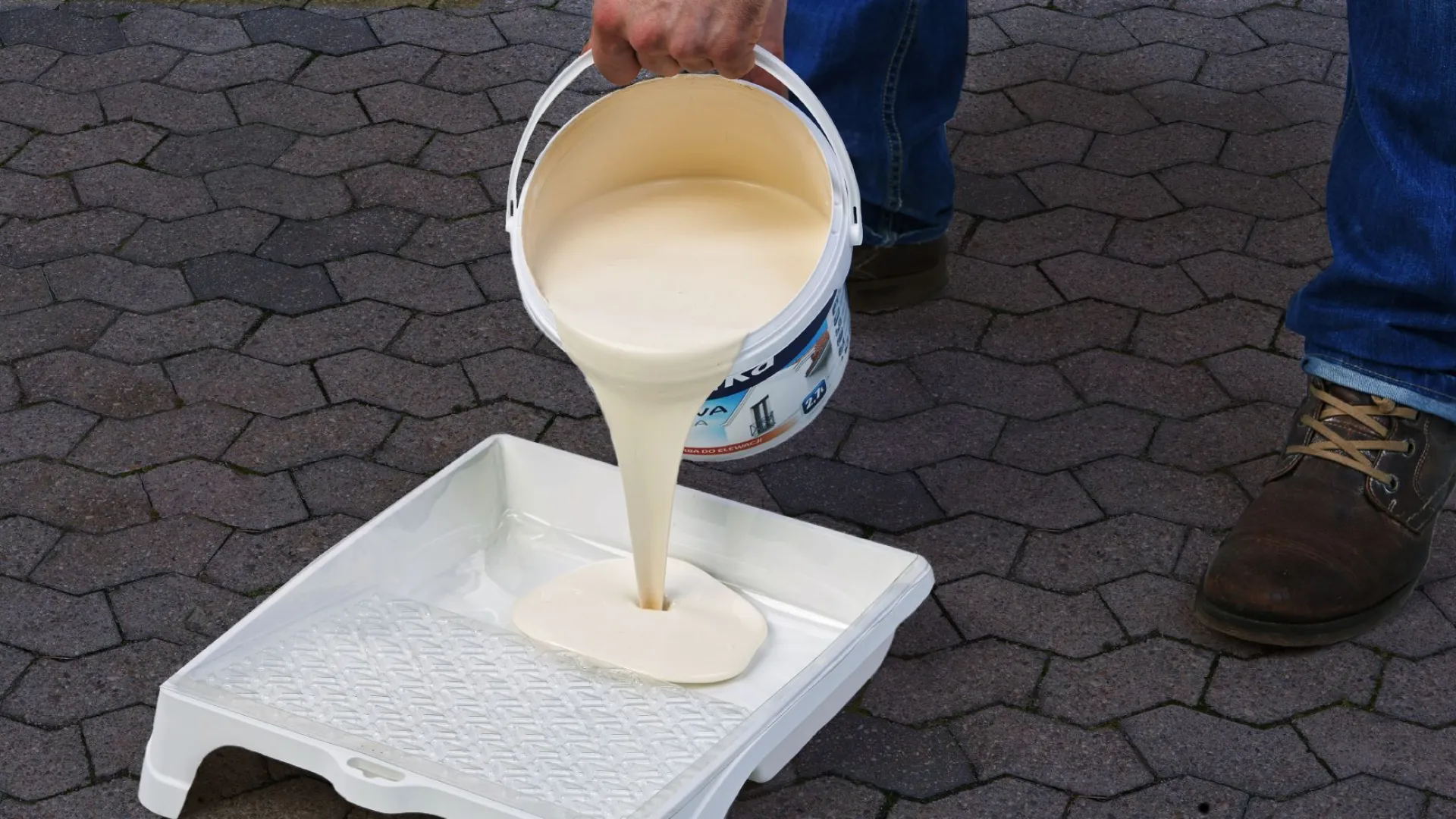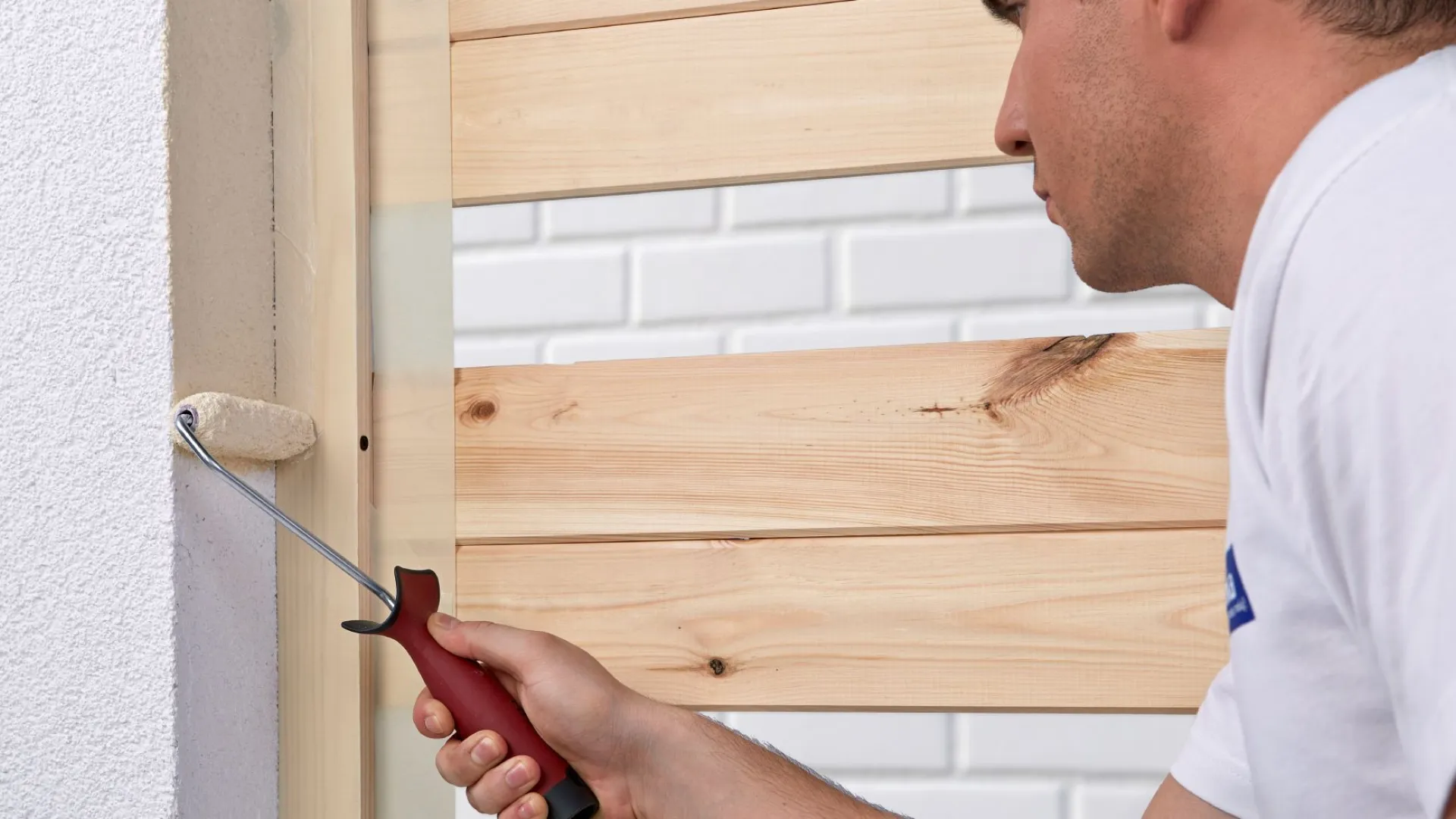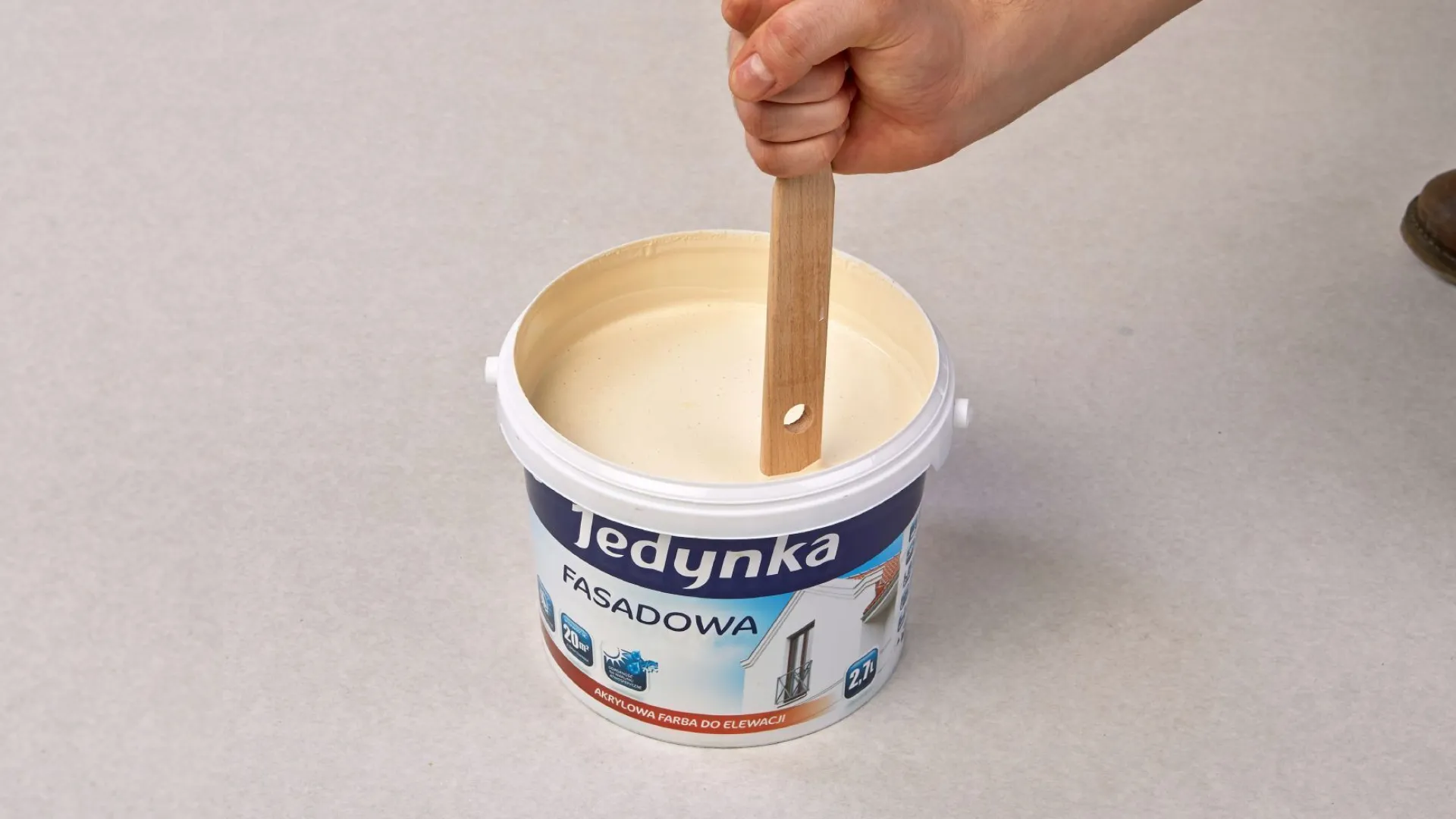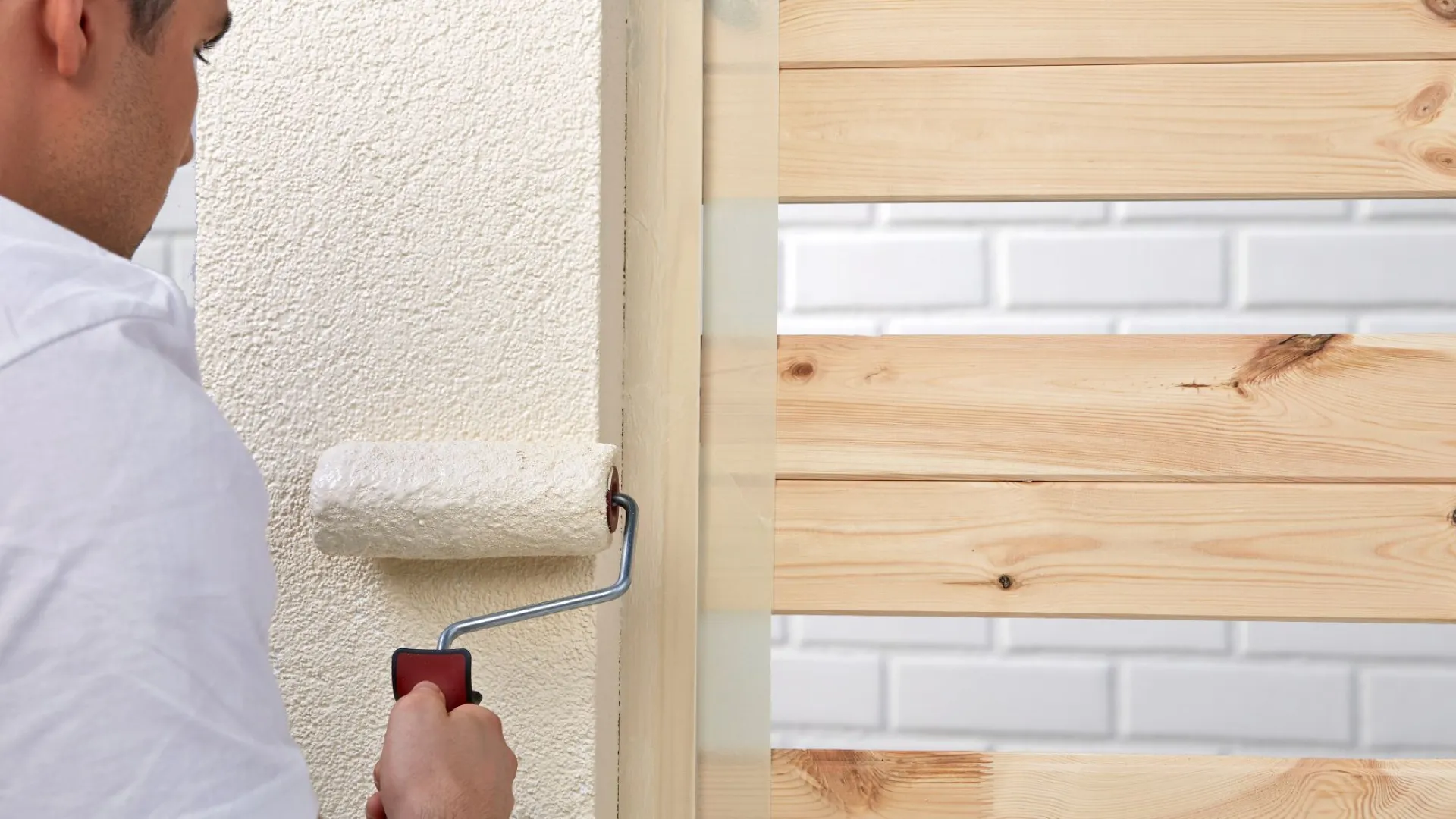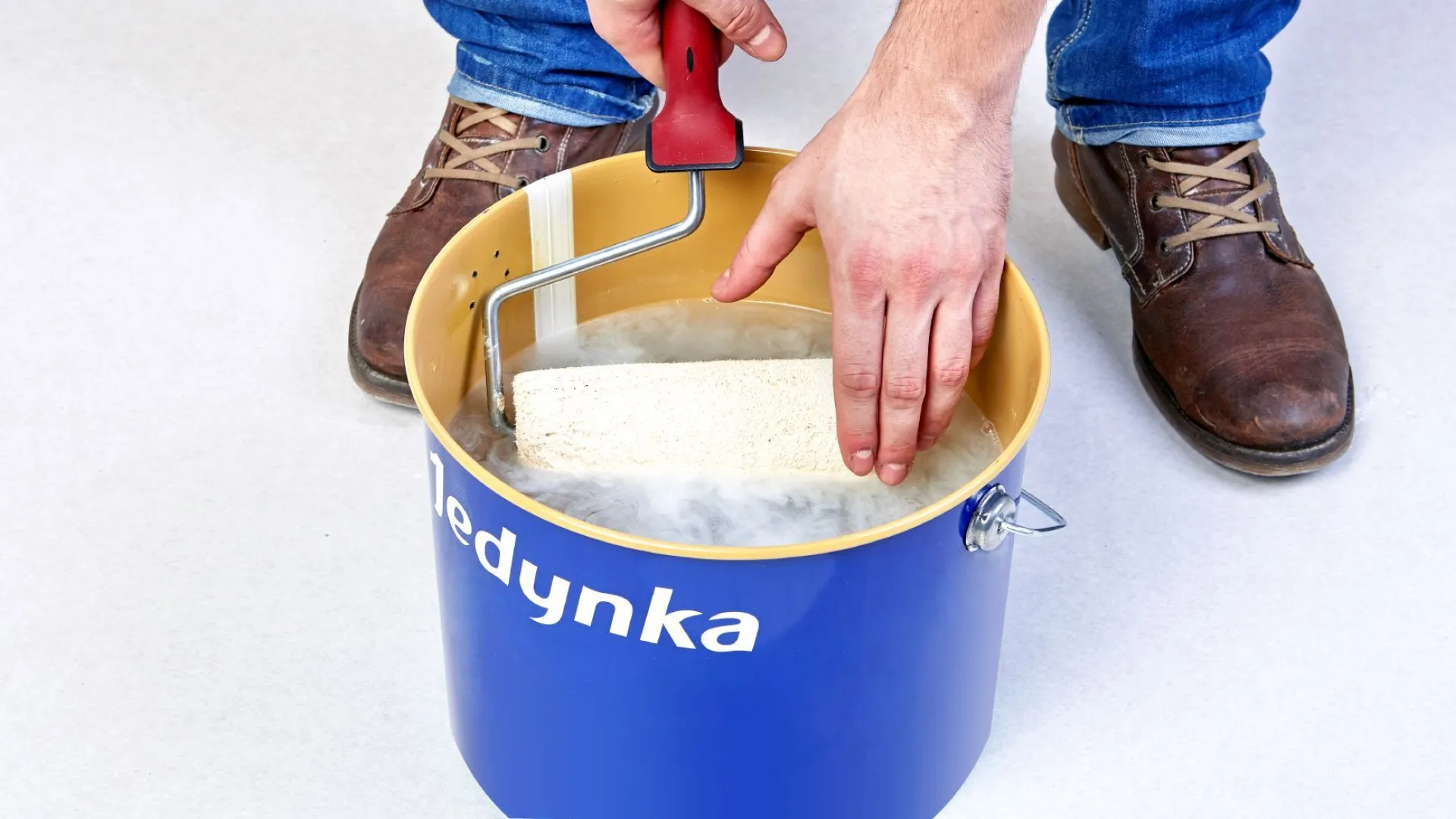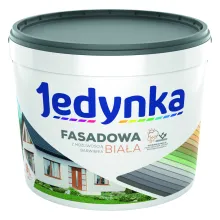Painting the exterior walls do not have to involve a lot of work. With the right products, surface coatings can be effectively and permanently protected. Read the guide and learn how to paint exterior walls.
Necessary tools:
- 18-25 cm exterior wall paint roller with a handle
- Mixed-bristle paintbrush
- Paint tray
- A small, 10-15 cm exterior wall paint roller with a handle
- Paint roller aluminum extension pole
- Putty knife
- Plastering trowel
- Drop cloth
- Masking tape
- Knife
- Cloth
- Stirrer
Protection before painting
Before you begin painting, it is recommended that you protect all fencing and exterior wall elements that should not be painted. This can be done using masking tape and a drop cloth. The tape should be secured to a dry surface, and it is best to remove it right after painting to help prevent the new paint coat from coming off with the tape.
Preparing before painting
New surfaces: Before you begin to paint a plaster surface, you need to thoroughly remove any dust from it and, if required, clean it using a degreaser. Previously painted surfaces: With previously painted surfaces, you need to thoroughly remove any dust from them and degrease them. You must also check the adhesion of the old coating and remove or scrape off any loose parts of the plaster. Any cavities must be filled with a plaster compound, and then evened out with a plastering trowel.
Preparing the product
First, thin the Jedynka Fasadowa primer by adding 30% of water, and mix in thoroughly. Next, pour the paint into the paint tray.
Priming the surface
Begin by using a small paint roller (10 or 15 cm wide) to prime the corners, small items and all surfaces that are difficult to reach. For larger surfaces, use a large paint roller (18 or 25 cm wide). For painting external plaster coatings, the key roller parameter is the pile length. In the case of rough plaster surfaces, rollers with an 18 or 22 mm pile length will give the best results.
Tool storage during painting
To avoid having to wash the roller again and again between each new layer, keep it in a tightly closed plastic bag. This will prevent the paint from drying on the tool. For longer intervals between applying new layers, it is recommended to clean the paint roller and dry it well prior to re-use.
Product preparation
Prior to applying new layers, stir the paint to mix it thoroughly, and then pour it into the paint tray.
Painting
Begin by using a small paint roller (10 or 15 cm wide) to paint the corners, small items and all surfaces that are difficult to reach. For larger surfaces, use a large paint roller (18 or 25 cm wide). The second layer should be applied at least 4 hours after the first, by repeating the steps for applying the first layer.
Cleaning your tools
After painting is complete, clean your painting tools thoroughly in water and then leave them to dry.
